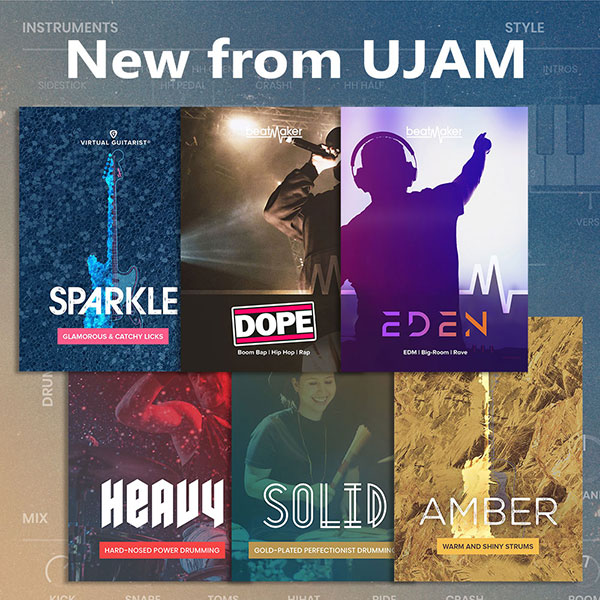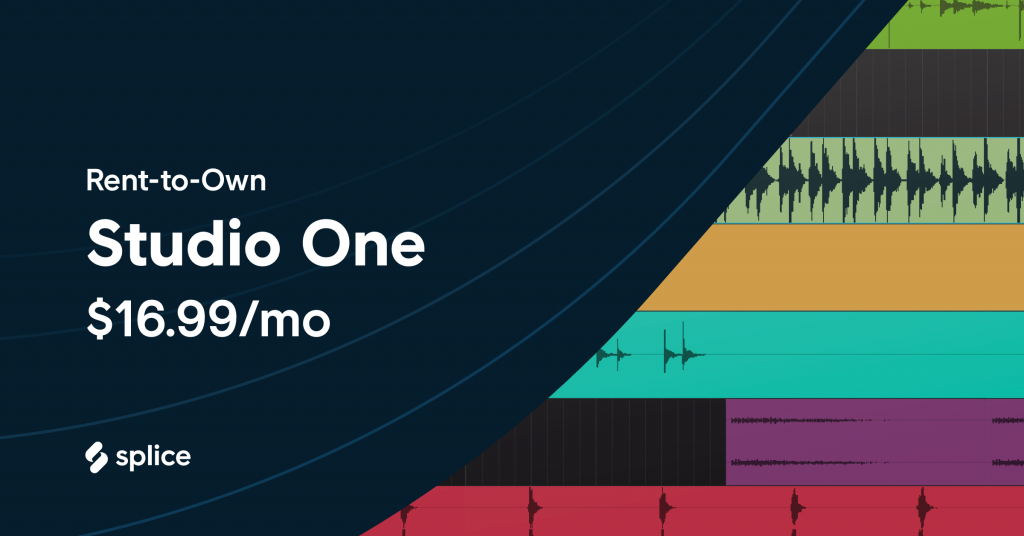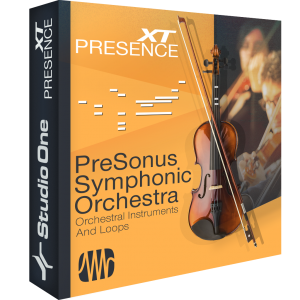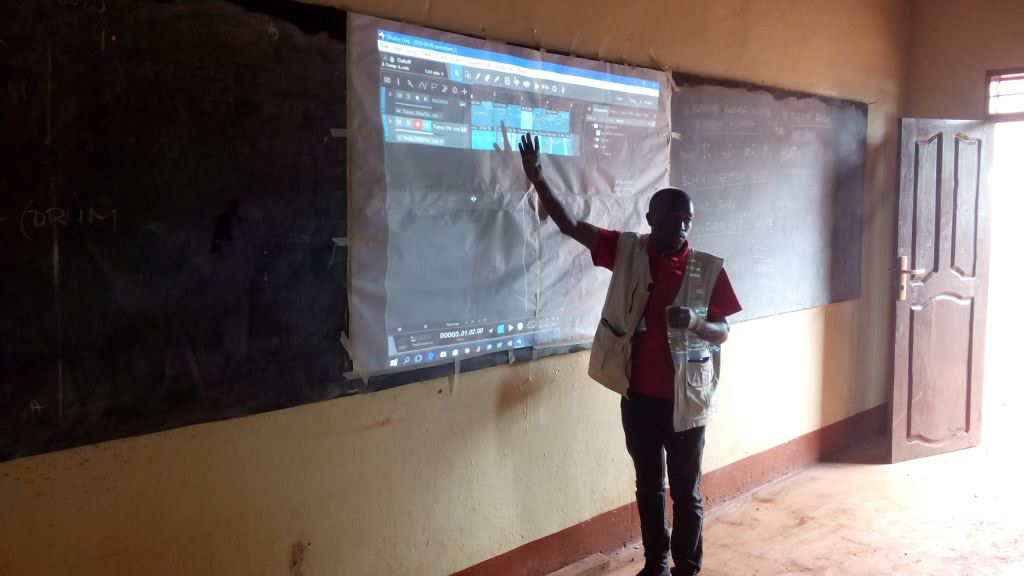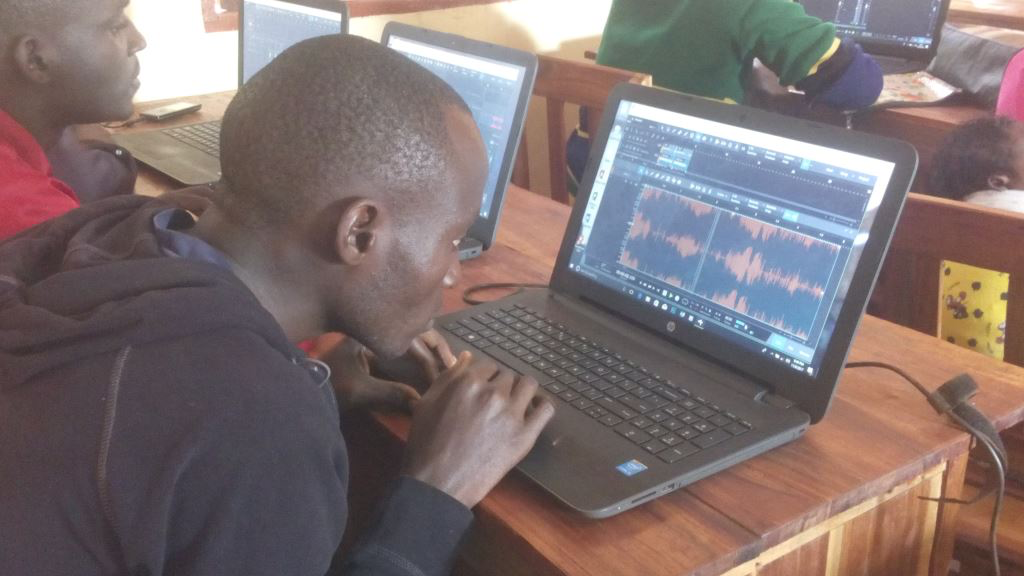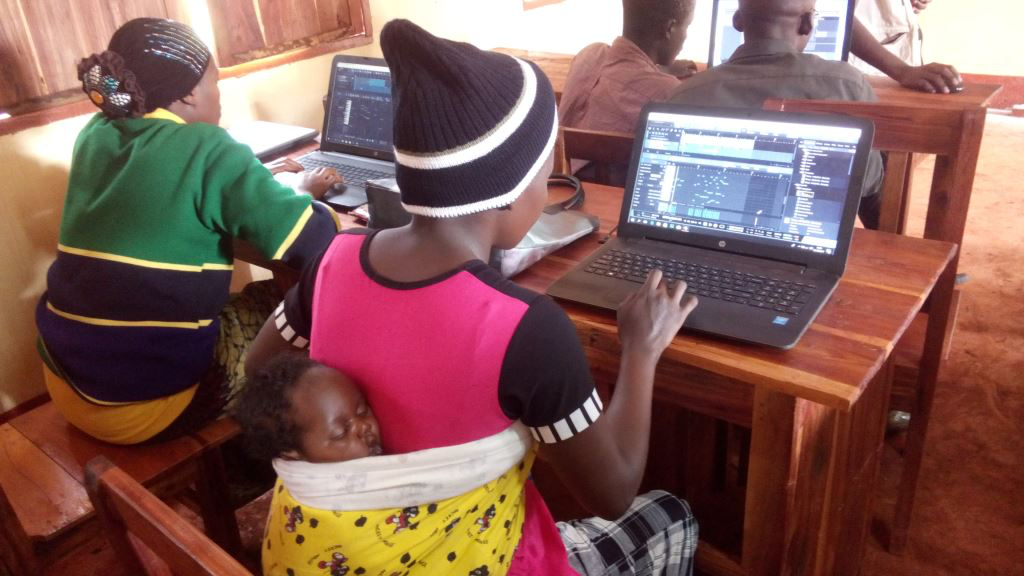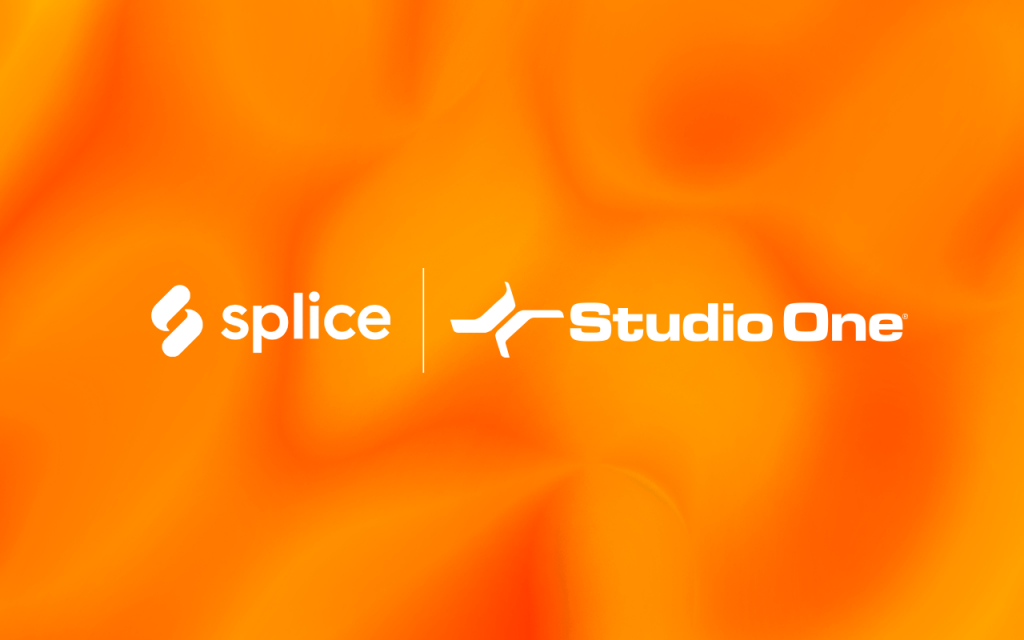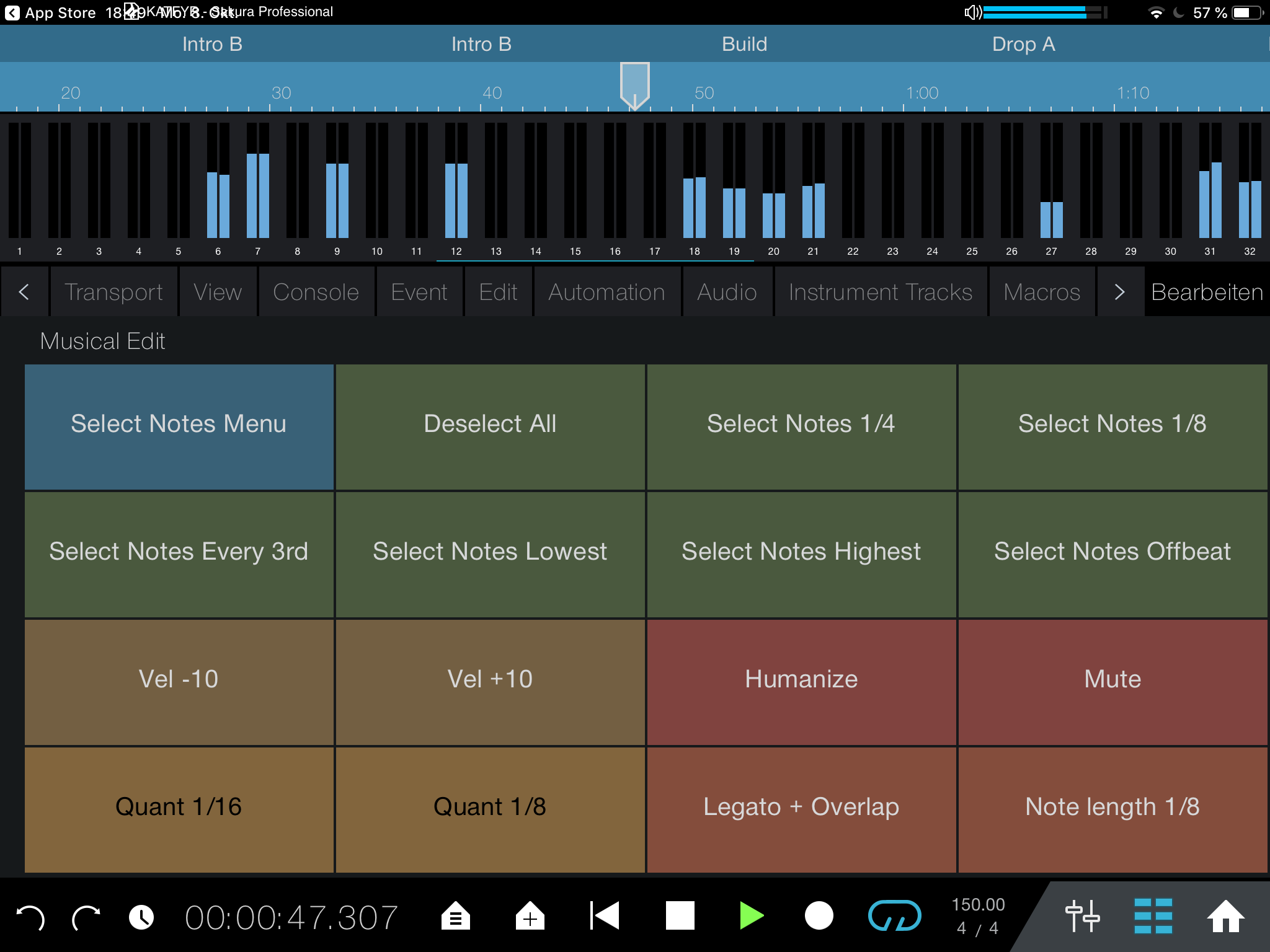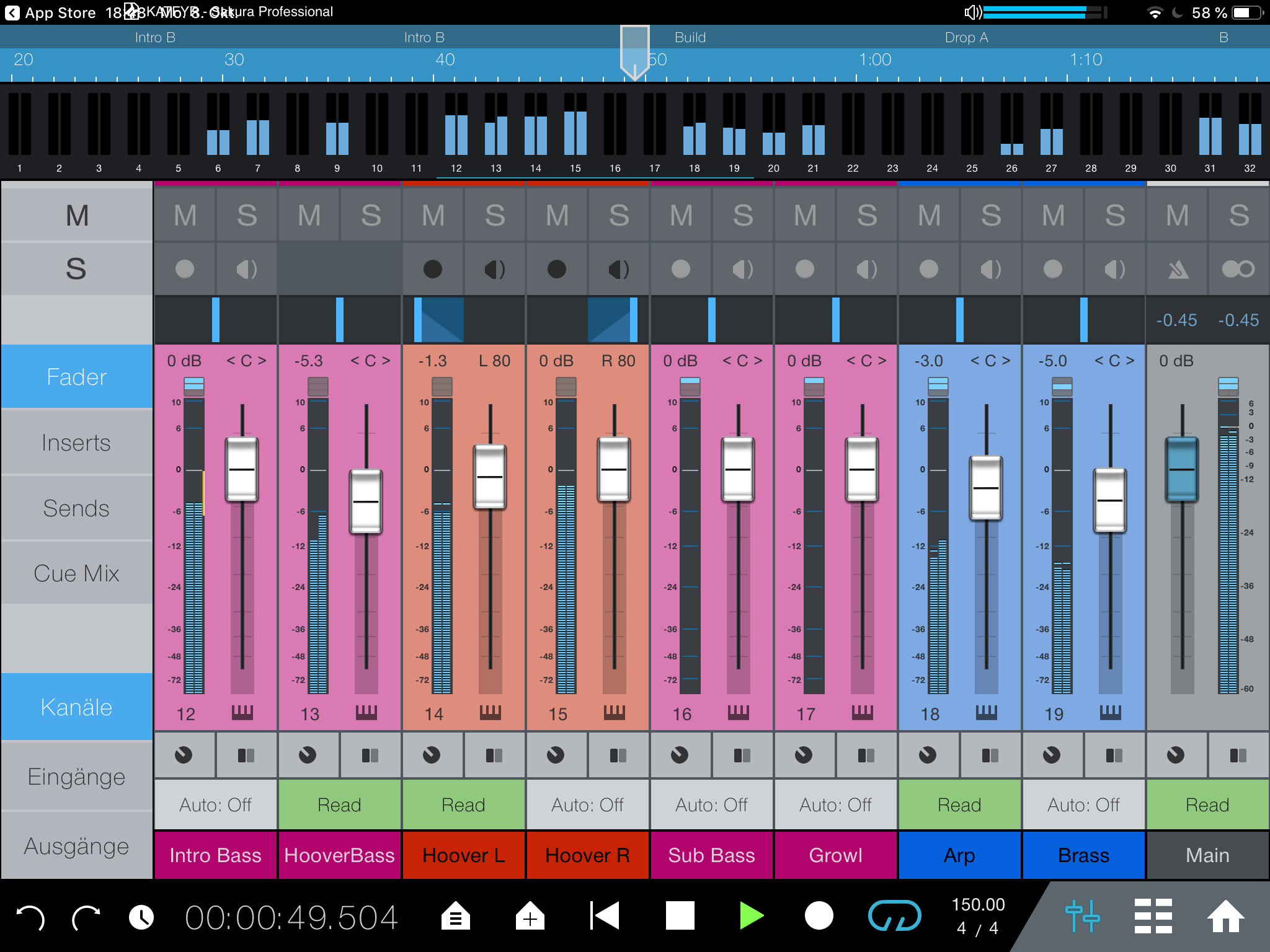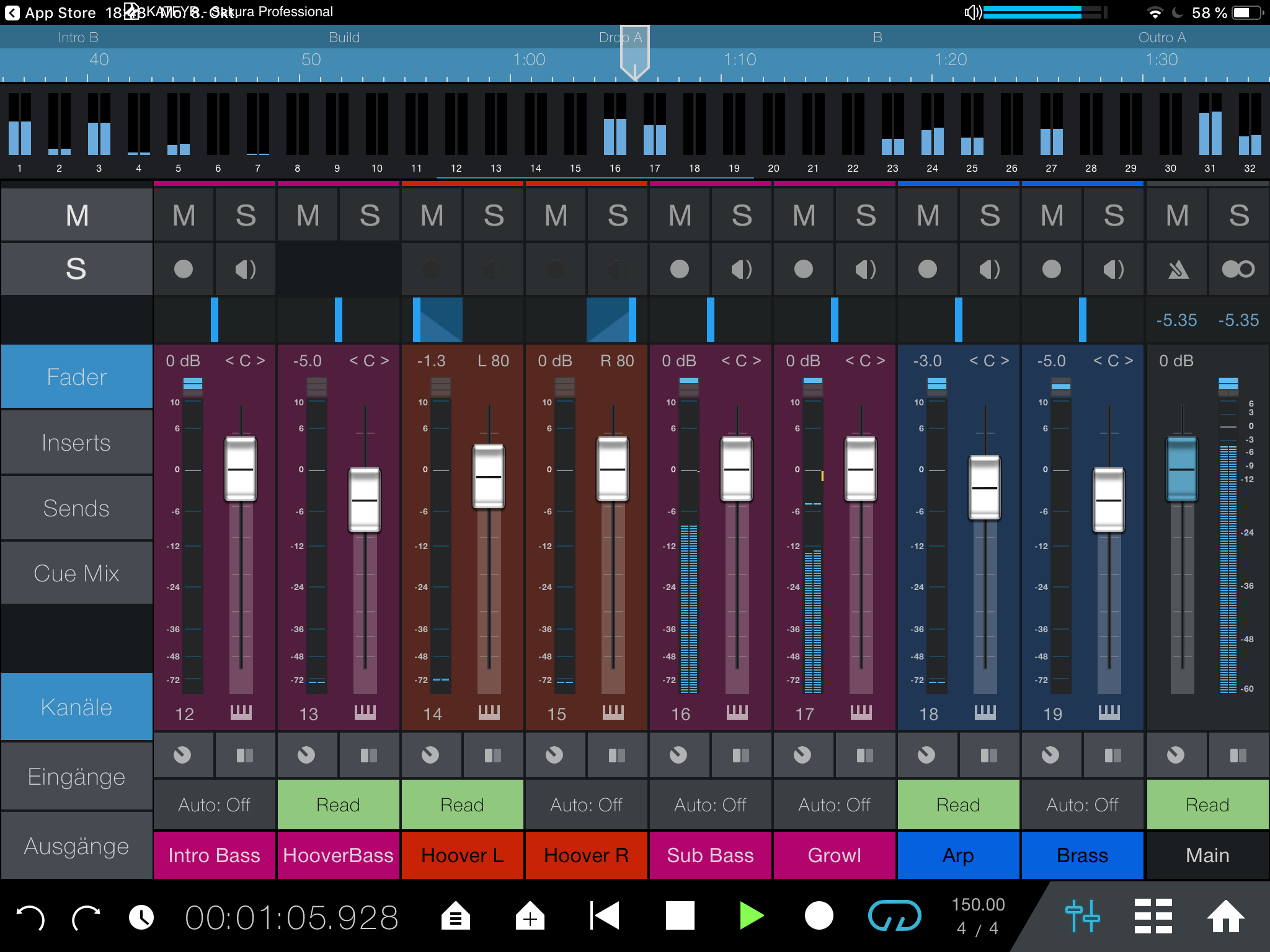Author Archives: Ryan Roullard
New from UJAM!
PCAudio Labs Updates Hardware Offerings for 2019

- Newly updated Specs with latest-generation Intel CPUs and chipsets
- New CPU offerings, including the new Intel i9 9900k 3.6GHz CPU with a top turbo boost speed of 5GHz!
- Thunderbolt, Firewire, and AVB options available
- The only PCs certified for use with PreSonus hardware and software
- Includes PreSonus Studio One Artist, pre-installed and configured for audio production; upgrades to Pro available
-
Starting at just $1399
Click here to learn more and shop!
PreSonus Atom Workflow in SampleOne XT
This just in from Craftmaster Productions—a good look at the PreSonus ATOM workflow using SampleOne XT in Studio One.
CMP has been producing excellent Studio One content for years. Head on over to YouTube and give him a Subscribe for more!
Sonal Synth Pop—New at shop.presonus.com
Now available at shop.presonus.com: TEN new Add-ons from SonalSystem, all part of the Sonal Synth Pop family. These Add-ons are available in a complete bundle, or individually—at very low prices!
SonalSystem took on a unique approach with Sonal Synth Pop. Unlike a lot of other Add-ons, each Sonal Synth Pop construction kit is arranged as a complete multi-track Song for Studio One. Each of these songs can be used as a sonic foundation for your next project, or you can cherry-pick your favorite parts to embellish your existing songs. The choice is yours! Consider Sonal Synth Pop to be a rich palette of colors with which you can do whatever you like.
Click here to hear Sonal Synth Pop… and shop!
Rent-to-Own Studio One Pro on Splice!
Click here to learn more!
PreSonus Symphonic Orchestra—Even More Powerful with Chord Track and Harmonic Editing
The PreSonus Symphonic Orchestra is something of a secret weapon over at shop.presonus.com. With over 14 gigs of samples and musicloops, it combines a complete symphonic orchestra instrument library with ready-to-use Studio One Musicloops for lightning-fast arranging and production. The instruments not only comprise a full symphony orchestra, but also a contemporary strings library. More than 1,200 Musicloops allow for creating full arrangements on the fly while retaining complete control over tempo, key, chords and sound character.
If you’re currently running Studio One 4 and have passed on the PSO before, now is a great time to give it another look—because with the release of the new Chord Track and Harmonic Editing features, the PSO becomes a lot more versatile and powerful with no increase in price!
PreSonus beta tester and content creator Lukas Ruschitzka recently created some new videos and audio demos showcasing not only the PSO’s sound quality and ease-of-use, but also how much stronger it has become when paired with Studio One’s new Chord Track and Harmonic editing. Check out these videos below, and…
…Click here to get the PreSonus Symphonic Orchestra!
PSO Construction Kits
PreSonus Symphonic Orchestra contains more than 1,200 Musicloops organized into 28 Construction Kits that cover various musical styles like classical film music but also contemporary genres like ambient, pop, groove and hip-hop. This video provides a short overview of the included Construction Kits.
Working with PSO Construction Kits
Being creative with the PSO Construction Kits is pretty straightforward. Just drag some Musicloops into your own songs and take advantage of Studio One’s Chord Track to change chords and try different harmonic patterns with just a few clicks. This video shows how easy it is to access PSO Construction Kits, preview different Musicloops in the song tempo and adapt them to the song via Harmonic Editing.
New PSO Audio Demos
Music for Mtendeli—an interview with Jonathan Penson
Jonathan Penson is the Norwegian Refugee Council Regional Education Adviser for East Africa and Yemen. We recently learned about his experience with the Mtendeli refugee camp in Tanzania, where a youth music program is using Studio One Prime to teach digital music skills to young Burundian refugees. Jonathan was able to spend some time with us to answer some questions about Mtendeli, its beneficiaries, and the students involved in this incredible story.
First of all, for readers not familiar with the situation affecting the youth in your program, please tell us how Music for Mtendeli came to be.
Mtendeli refugee camp in western Tanzania hosts close to forty thousand refugees fleeing political violence in Burundi. A high proportion of the refugees are youth. But, without the opportunity to work or leave the camp, there is very little to do, and frustrations run high. In addition, many youths experienced traumatic events in their home country. So we started a music project as part of a creative arts program, with the aim of providing a positive outlet for youths’ energies, and music therapy.
The Norwegian Refugee Council started the youth center in the camp in 2017. We run the creative arts program alongside vocational skills training and literacy and numeracy classes. We train youth in the creative use of ICT, as well as for business, and the youth organize clubs for music, theatre, and modern and traditional dance. We are hoping to start photography courses.
The music program combines traditional skills such as drumming – for which Burundians are famed – with cutting-edge technology. We want to nurture refugee youths’ talents, and the plan is to start a modest music studio that will help them to record and share their music.
How many of the youth are involved in the Digital Music program? How many staff? How long has the program been running?
More than 200 youths have benefited from the program since it began last year. This includes music students using virtual instruments and those who have learned to use DAW software to produce and edit music. We have one ICT instructor, Deo, who has a keen interest in digital music production.
What styles of music are the most popular for them to produce and record?
We find there are two distinct music ‘camps’ with the camp: gospel and non-gospel. In the non-gospel camp, R ‘n’ B and hip-hop are very popular, but you will also hear a lot of popular African artists, especially from Congo.
Is there any cross-pollination between the programs at Mtendeli? For example, do the music students produce music for the dance program?
There is direct cross-pollination between the producers and dancers, with the modern dance club using some music from the music class. They also use popular music downloaded from the Internet and other sources.
We would love to hear some of the music that has come from the program if you can send us links or files! Can you?
We would certainly like to do this in the future. For the moment, we need to build the skills of the students. They currently don’t have keyboards, headphones or mice to operate the DAW, making composition very difficult. We’re working on getting these to them – we’re talking to a music technology company about donating them. (The center has been generously funded by humanitarian donors, but this project might be a bit too left-field for them.)
What opportunities are there for our readers to support the program?
We currently have a fund-raising page open. We’ll use the funds to pay for shipping the music equipment to the camp. Logistically, this is complex and costly. We’d love for your readers to contribute that way
Is there anything else you would like our readers to know?
We asked this to the dancers and music students in Mtendeli. They’d love to produce professional-sounding music and share it, but they need more musical equipment and facilities before they can really get going. They’d also like more teaching staff, and a more comprehensive DAW–they’re currently using the free version of PreSonus Studio One. All we have at the moment is the laptops, the DAW, the space–and the energy, creativity and enthusiasm of 200 young people!
But this isn’t about the fundraising – it’s about fulfilling people’s potential, raising awareness about refugees, and linking musicians. In time, we’d like a platform for showcasing our youths’ talents–so if any readers can support that, get in touch!
With kind regards,
Jonathan
Click here to donate to Music for Mtendeli!
Interview with Tim Flohrer, CTO and founder of zplane
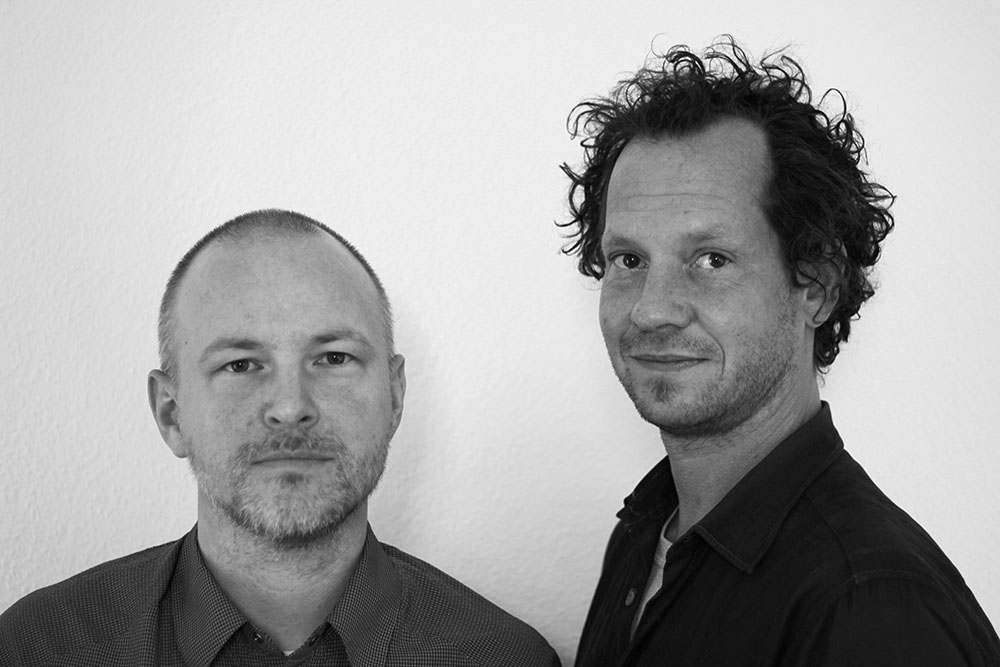
Martin Schwerdtfeger and Tim Flohrer of zplane
zplane is a provider of audio processing and music analysis technology operating out of Berlin. Studio One takes advantage of several powerful zplane technologies—our new Chord Detection feature takes advantage of zplane’s KORT, and our Harmonic Editing features leverage a combination of KORT and reTune. Furthermore, their élastiquePro time stretch has been in Studio One since the very beginning!
We were able to get some time with Tim Flohrer, CTO and founder, and ask him a few questions about zplane.
How and when did zplane come to be?
We started off as a three-man company in 2000 directly from University. Martin, Alexander and me, we all studied electronic engineering but we were always into music. Our start was kind of naive to say the least: our business plan was basically ‘let’s have a company that offers development services for something with computer and music’. So, as you might imagine, it took us a while to find our business model. Back in 2003 we had a customer who needed a high quality and performant time stretching but didn’t want to pay the whole development costs. So, we developed the time stretching for him at a much lower rate but kept the rights for the algorithm. That could be considered the start of our current licensing business. We still had to learn a lot about the business but the foundation was laid back then. From that point on we continued to develop more and more audio algorithms for licensing such as beat tracking, key and chord recognition, auto segmentation and monophonic as well as polyphonic pitch manipulation.
Later we started our own consumer product line so we could make our algorithms available in a way that we thought they should be used.
Tell me a bit about the current zplane team.
In 2013 Alexander retired from the active business at zplane since he was offered a professorship at Georgia Tech, Atlanta and moved to the USA. Now, there is Martin and me left as original founders, 4 employees and currently one intern.
Martin mainly handles the business side of things while I keep track of the technical stuff. Maik and Daniel do the hardcore programming and application development. Holger and Till take care of the research and science. Jonas – our current intern – helps the latter two. And everybody does customer support and internal testing.
All our employees did either do their master thesis at our company or at least had an internship before.
The Partner List on zplane.de is quite impressive. I see a few names of companies that a musician or producer using Studio One may not immediately associate with music, like Konami and Vinyl Dreams. What do you feel are some of the lesser-known applications of zplane technology that some users might not expect? I can see a use case for audio restoration in forensic audio, for example.
Thanks! It certainly took a while to grow this partner list. The first thing that comes to my mind when thinking about the less obvious applications is games – board games to be precise. Last year Harmonix and Hasbro released a board game using ELASTIQUE called Dropmix. It lets you construct music played by your smartphone by dropping playing cards on a game board. So, as you might guess elastique is running on the smartphone – but still the use case is kind of unusual.
Concerning forensic audio we currently have no customer using it for something comparable but we’re certainly open for that. Besides audio restoration even time stretching or pitch shifting may be very useful in that area.
Electronic music in particular is rife with happy accidents, where a technology developed for one purpose eventually finds its home in another. The most notable example being perhaps the Roland TB-303, or Auto-Tune’s obtuse origins in interpreting seismic data. Have the zplane team experienced anything like this in the development and subsequent application of their own technologies? Any surprising uses of the technologies that were not in mind in the development cycle?
Well, to be honest, I was always waiting for something like this to happen: people doing something completely different than what they were supposed to do. It didn’t happen as in the mentioned examples so far. But I was seriously impressed when I saw what people did with the chord tracks in Studio One: they applied the chord progressions to the reverb tail of other tracks. Obviously really didn’t expect that use case. However, it is truly amazing how musicians adapt new technology and convert it creatively into some new kind of expression.
How has your experience been working with the PreSonus Software team?
We’ve been working with the PreSonus Software team already for a long time even before they belonged to PreSonus. So, we have a very good and open relationship. Especially when implementing new technologies you need a lot of communication in order to get the most out of the technology but also to explain the limits of what is possible technology-wise. This communication back and forth does not only help on the implementation side but also gives us a lot of feedback and in the end improves the technology. So, especially with the implementation of the chord track and the harmonic editing this has been a very fruitful co-operation and it doesn’t end here. We’re working on the future already.
Can you talk about the difference between élastique as a plug-in and the different versions of élastique used in DAWs? Anything special in Studio One?
In fact, as long as the DAWs are using the latest version of ELASTIQUE PRO they are all using the same algorithm. Sometimes people still think that it sounds different in different hosts. This is partly voodoo and partly due to implementation differences: so in one host you have a fixed time stretch factor in others this is adapted continuously which will obviously cause audible differences. But still the base algorithm is the same everywhere. Our plugin Elastique Pitch takes the algorithm to only do pitch shifting which is mostly due to the limitations of a real-time plugin interface which is unable to handle time stretching.
Where do you see audio chord detection and harmonic editing go in the future?
Of course, I see that the accuracy of the chord detection will go up as well as the quality of the polyphonic pitch manipulation. It’s all already in the making. We’re currently moving away from classic signal processing and experimenting with modern deep learning and artificial intelligence approaches. And our first results for the chord detection look very promising. Currently, we see the most potential in the chord detection to improve the overall performance of the harmonic editing – wrong assumptions on the original chord have a major negative impact on the result. That being said, one should always be aware that this will never be perfect – even professional musicians disagree on certain chord transcriptions and so will computers generate debatable results from time to time.
Also, the RETUNE algorithm still has a long way to go but improving the internal pitch detection using the above-mentioned techniques will most probably take us giant steps ahead. But we haven’t started to work on this yet.
One should never forget though that all of this is just a tool to help people to get creative.
There was a time when making edits to pitch and length independently of one another seemed impossible. The same could be said about isolating a single voice from a chord for independent editing. As barriers like these continue to be broken down… what’s the next big sonic quandary for a company like zplane to solve?
The holy grail of music signal processing has always been ‘demixing’ and that hasn’t been solved yet. There are new approaches but all of them don’t get close to studio quality. So that’ll stay on our roadmap.
However, we think that taking it step by step rather than only searching for the holy grail is the way to go. So, we’ll continue to improve the existing algorithms using new techniques and learn from that ourselves.
Also, it is not always about the new algorithm, sometimes it’s ‘just’ combining existing algorithms to something new. Similar to what we did with PreSonus in Studio One: we had the chord detection and the RETUNE algorithm and put it to together to create harmonic editing.
Similarly, we’re currently working on a new product combining a lot of our technologies to support musicians with their daily practice, train their ear and eventually help them become better musicians. So, keep your eyes and ears open for that next year.
Big thanks to Tim for taking the time for this interview! Learn more about zplane at the following links:
Splice now supports Studio One
We’re proud to announce that we’ve partnered with Splice to make it easier for you to backup and share your Studio One project files. Splice Studio now supports Studio One project files—meaning once you’ve downloaded the Splice Studio Desktop application, you’ll be able to automatically back up your project files, access any saved version, and collaborate with others on your tracks!
Click here to learn more and sign up!
Why Splice?
- Smarter Backup: Automatically back up every version of your project, without using up hard drive space. It’s secure, reliable, and free.
- Collaborate Anywhere: Work with other artists on the same project files. See the changes they make when they make them.
- Go Back to Any Version: Experiment without consequences. Splice remembers. Go back in time at any time.
UPDATE 11-15-18: Studio One is now available on Splice via rent-to-own!
Click here to learn more about getting Studio One Professional via rent-to-own on Splice!
Studio One Remote 1.4 Available Now
New in version 1.4:
- Support for Studio One 4 dark and light UI themes (selectable from the Start Page)
- Updated mixer graphics
- Several bugfixes and performance improvements
